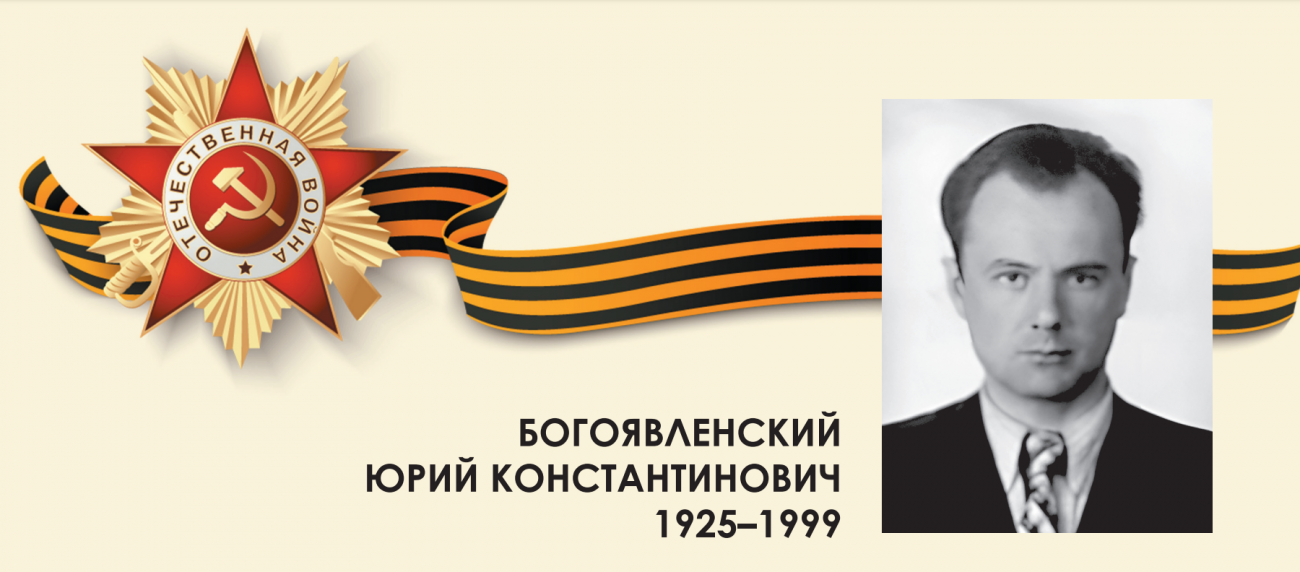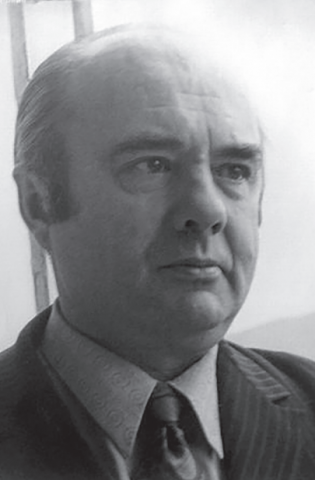
Today we will share another story of an employee of the IEE RAS who participated in the Great Patriotic War.
Bogoyavlensky Yuri Konstantinovich was born on May 8, 1925 in Moscow. When he was three years old, his mother died. In 1935, his father was invited to work at the newly created Kursk Medical Institute, and before the war, Yuri lived and studied in Kursk. Together with the employees of the institute, he was evacuated to Alma-Ata, from where he was drafted into the Red Army on February 14, 1943. First, he studied at the infantry school, then was transferred to the Serpukhov Aviation School (Kyzyl-Orda) from where he graduated with honors, having received the specialty of aircraft mechanic. From 1944 to 1946, he served as an aircraft mechanic at the 164th Central Air Base in Koenigsberg.
Demobilized in April 1947. Received the military rank of senior lieutenant. He was awarded the medal "For Victory over Germany in the Great Patriotic War".

After demobilization, Yuri Konstantinovich followed in the footsteps of his father, a doctor of biological sciences. From 1947 to 1952, Yuri studied at the Faculty of Biology and Soil Science of Moscow State University, and from 1952 to 1955, he was a postgraduate student at the Institute of Evolutionary Morphology and Ecology of Animals of the USSR Academy of Sciences, and was a student of Academician K.I. Skryabin.
His main scientific works are devoted to the problems of helminthiasis and its treatment, as well as the functional micromorphology and histochemistry of helminths. He is the founder of a scientific school in the field of helminthology. Using histological, electron microscopic and histochemical methods, he studied the structure and functions of various tissues and organs in representatives of more than 60 species of parasitic nematodes and some species of cestodes and trematodes. He discovered the osmotic pathway of nutrition of intestinal nematodes through the system of canals in the cuticle. He discovered and described the supporting fibrils that ensure the attachment of muscle cells of parasitic nematodes to the cuticle.
He studied the structure and functions of the neurosecretory apparatus in helminths of different classes, and showed that the intensity of neurosecretion depends on the physiological state of the parasites. He studied the problems of phylogenesis and taxonomy of parasitic worms. He made a significant contribution to the development of new chemotherapeutic drugs with anthelmintic action. He was active in expeditionary work as the head of helminthological and parasitological expeditions.
